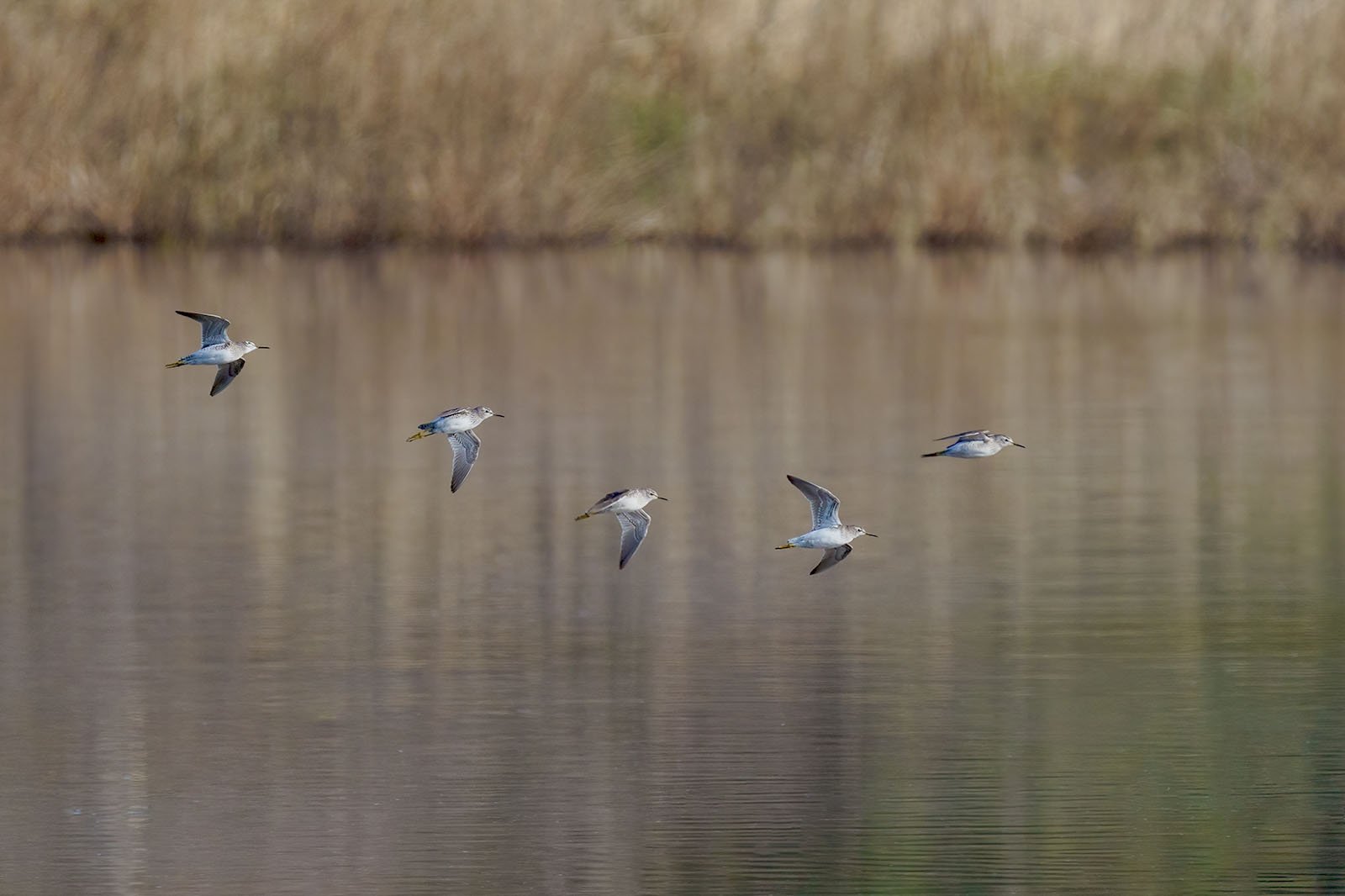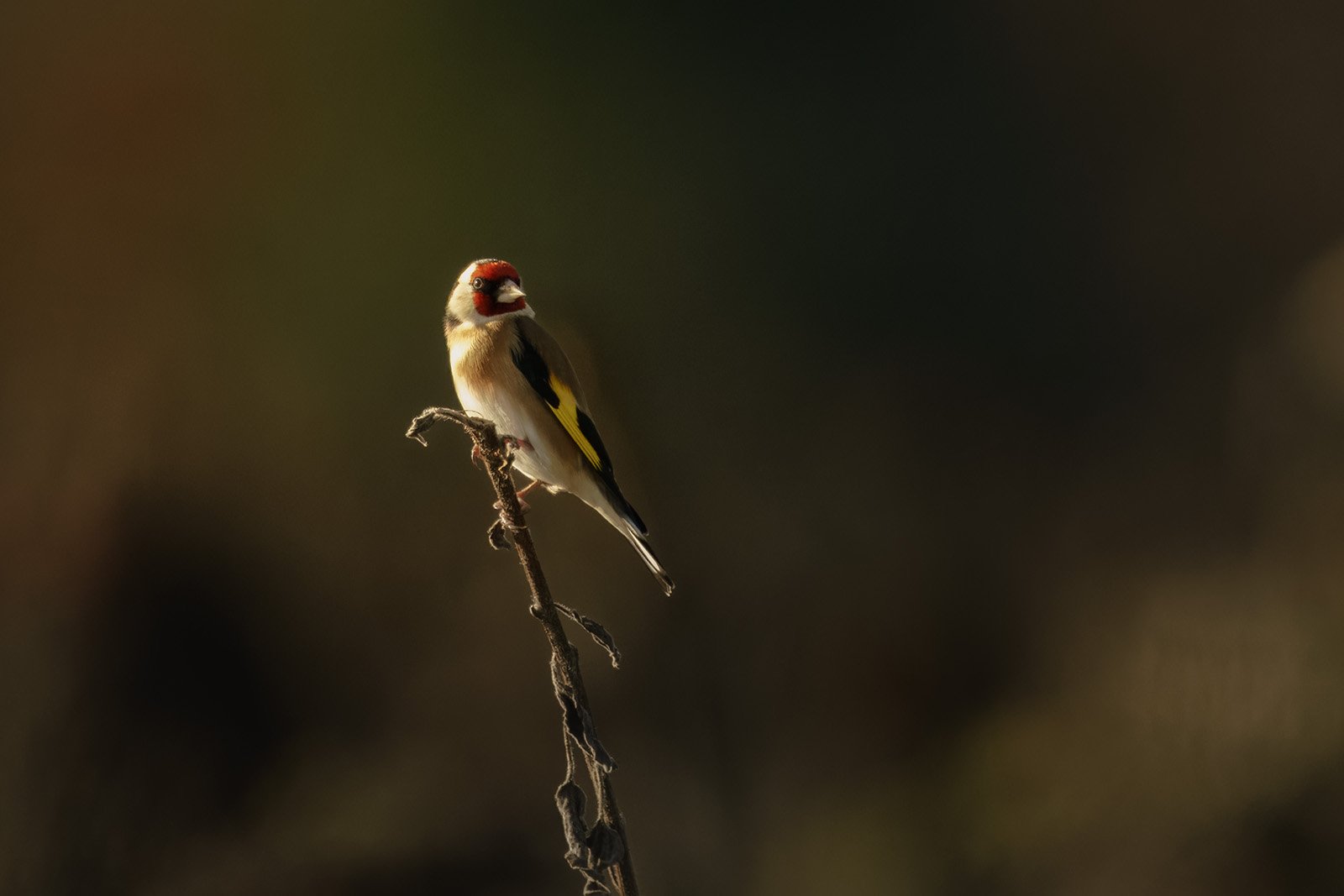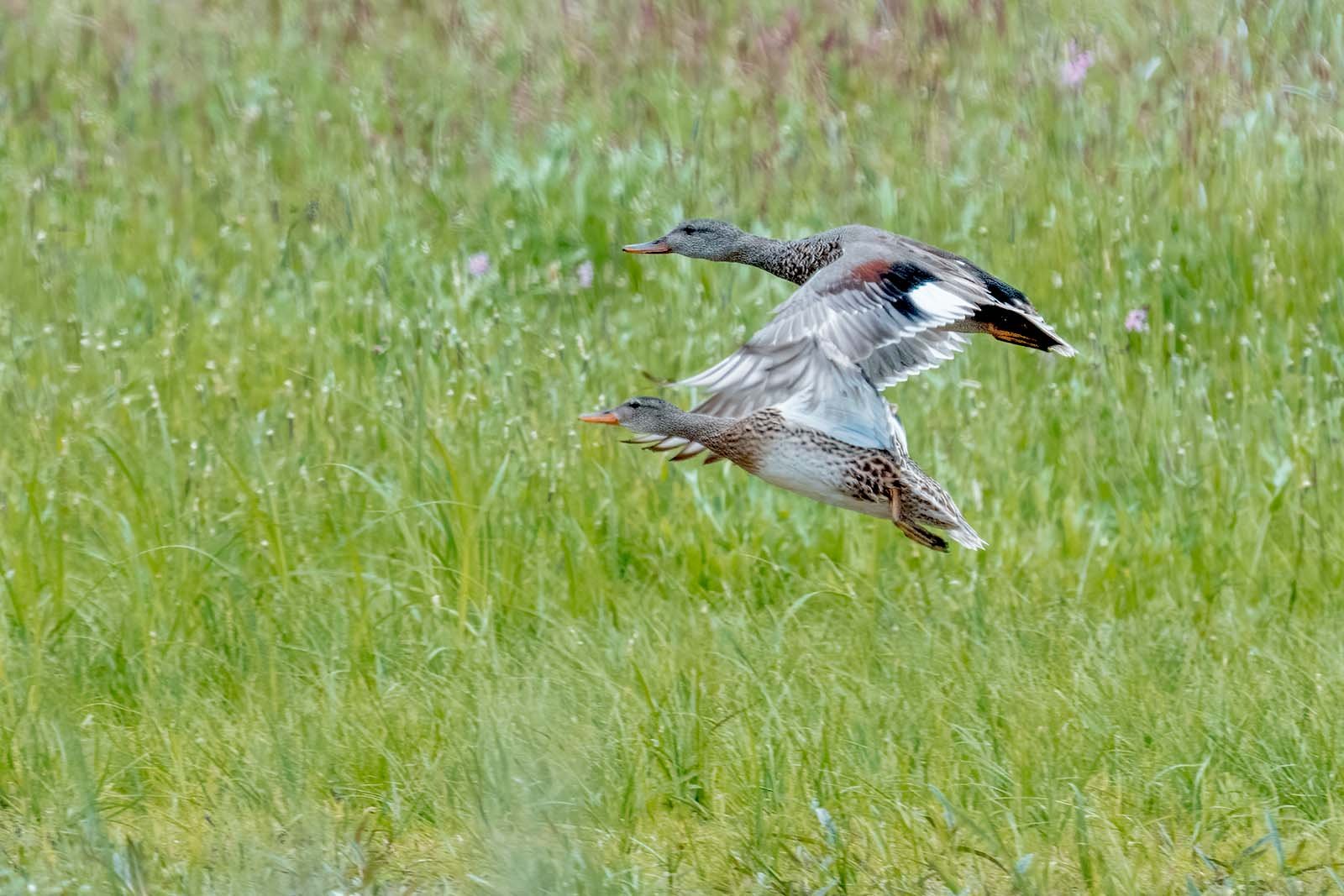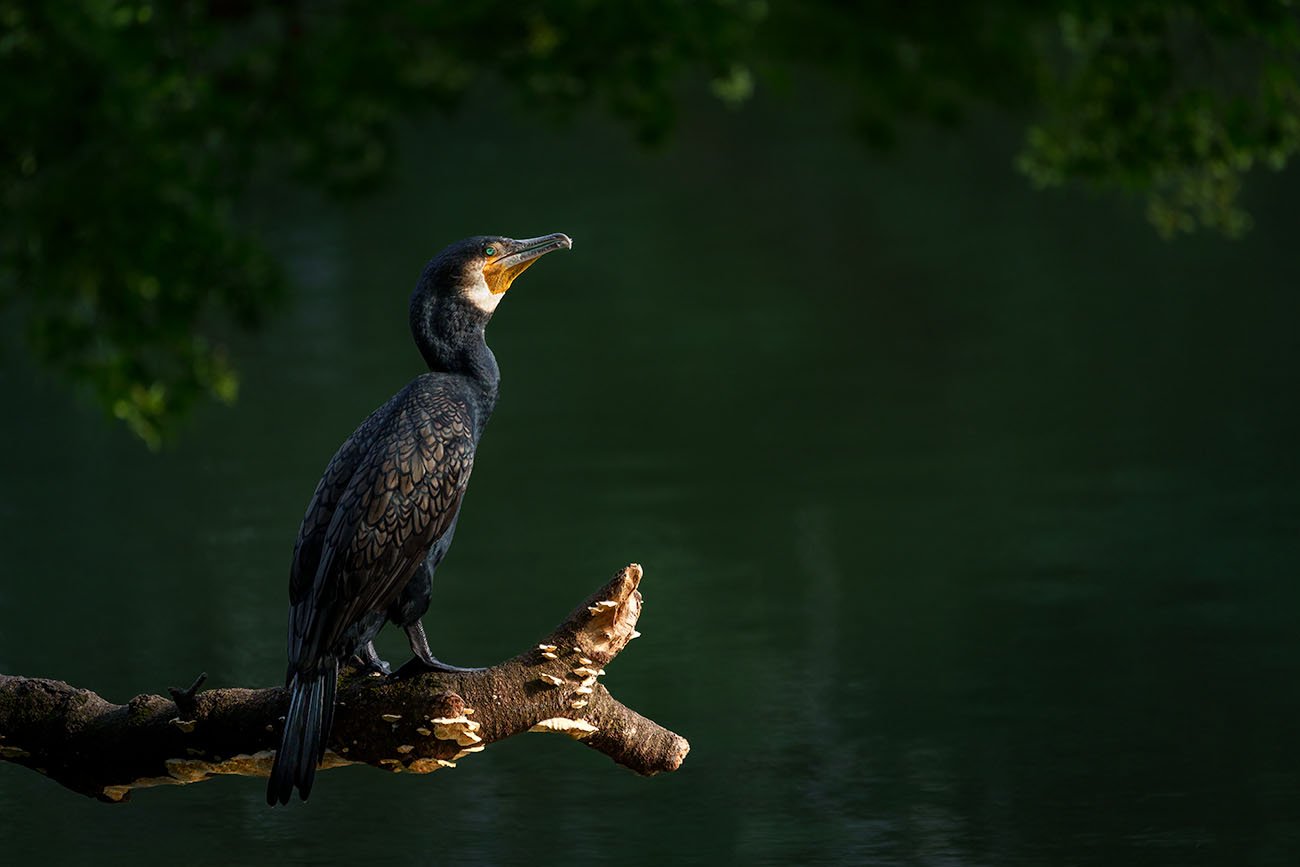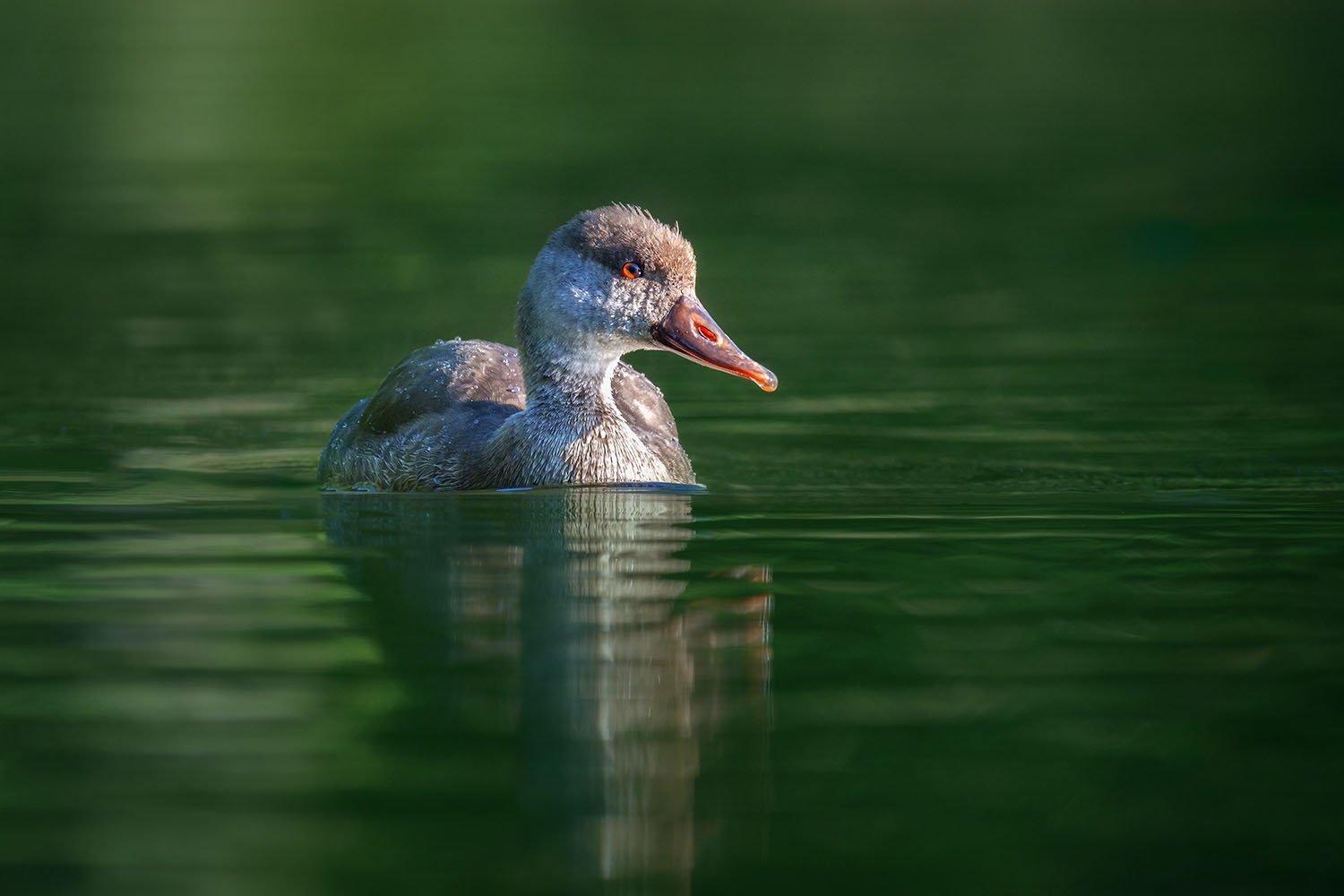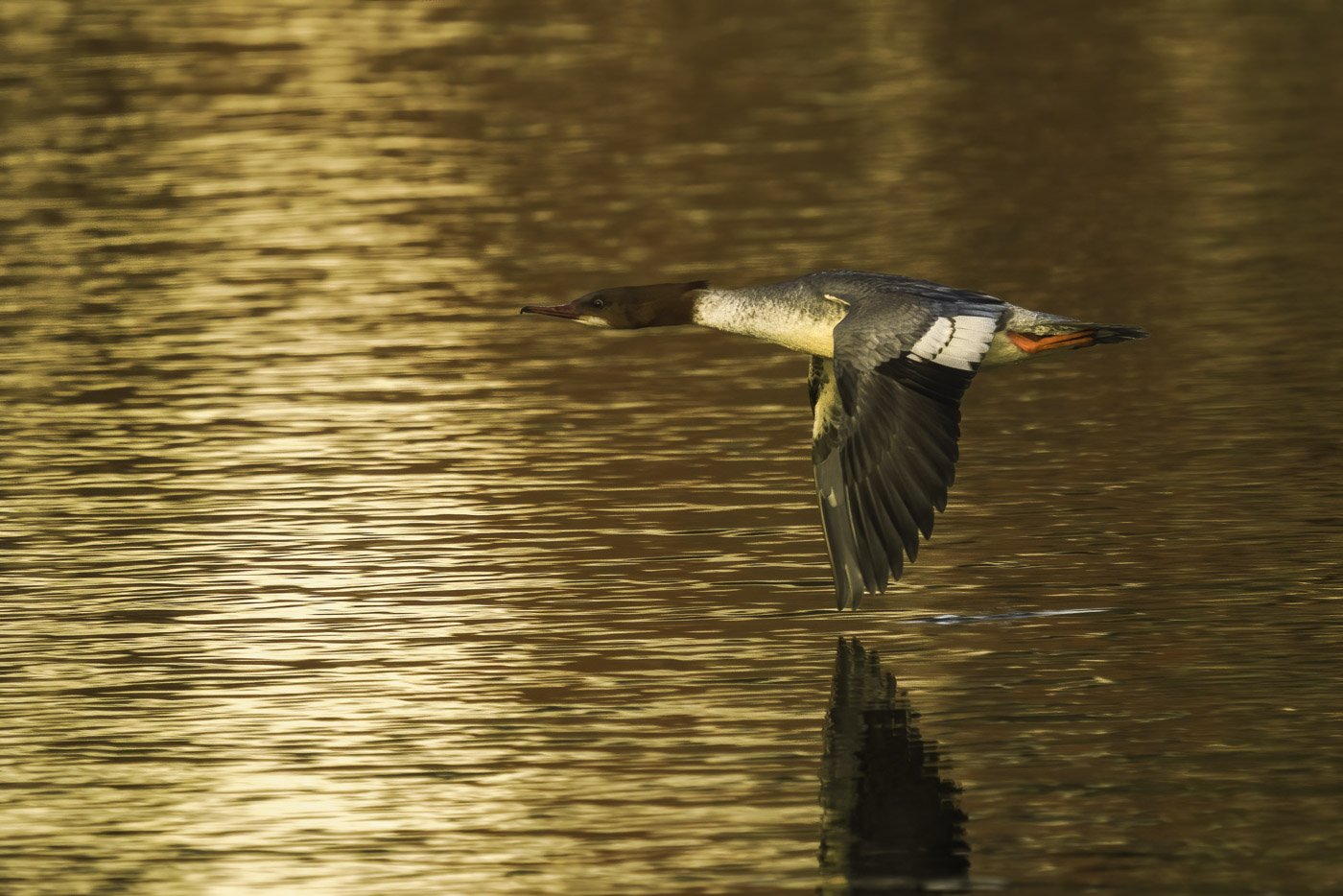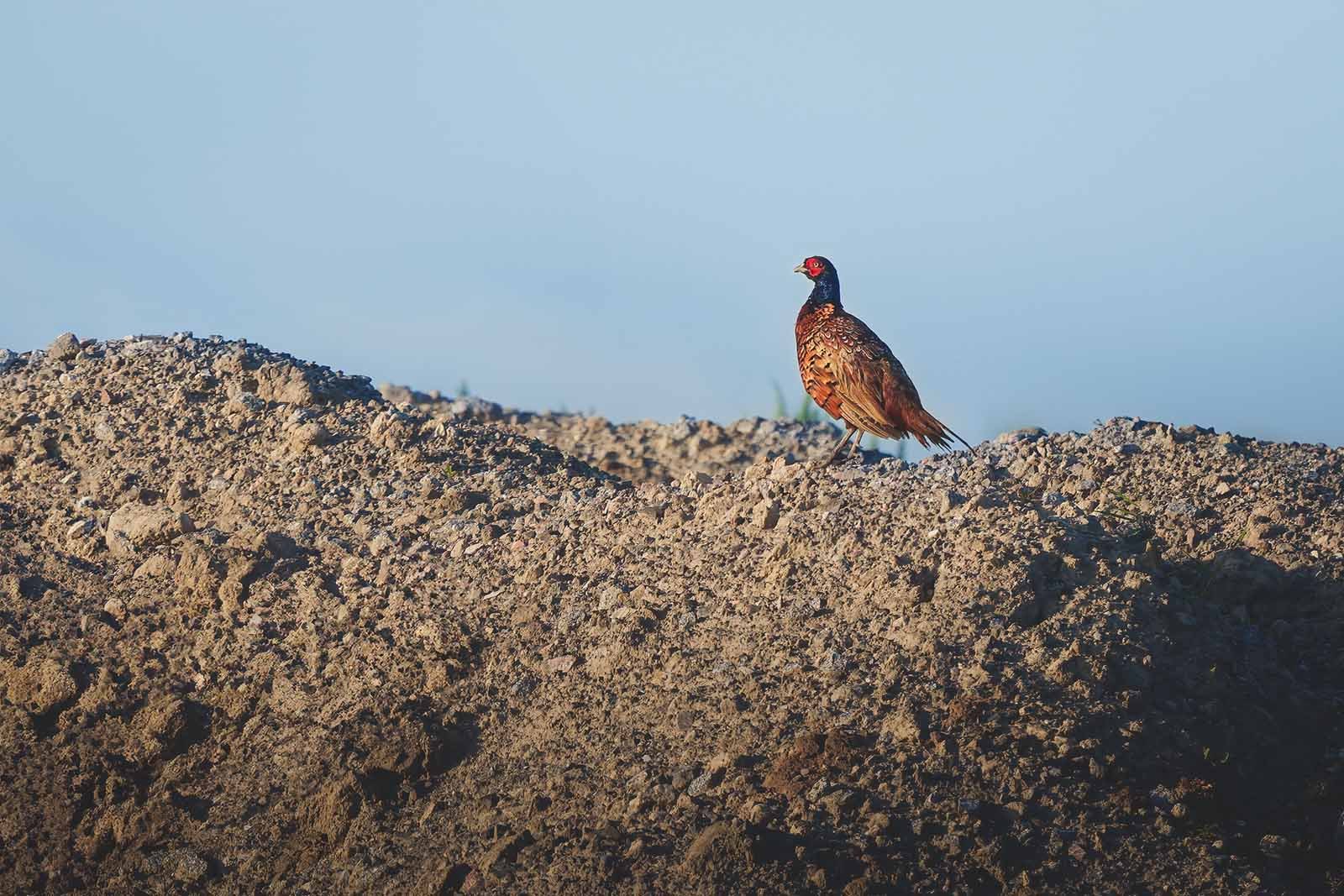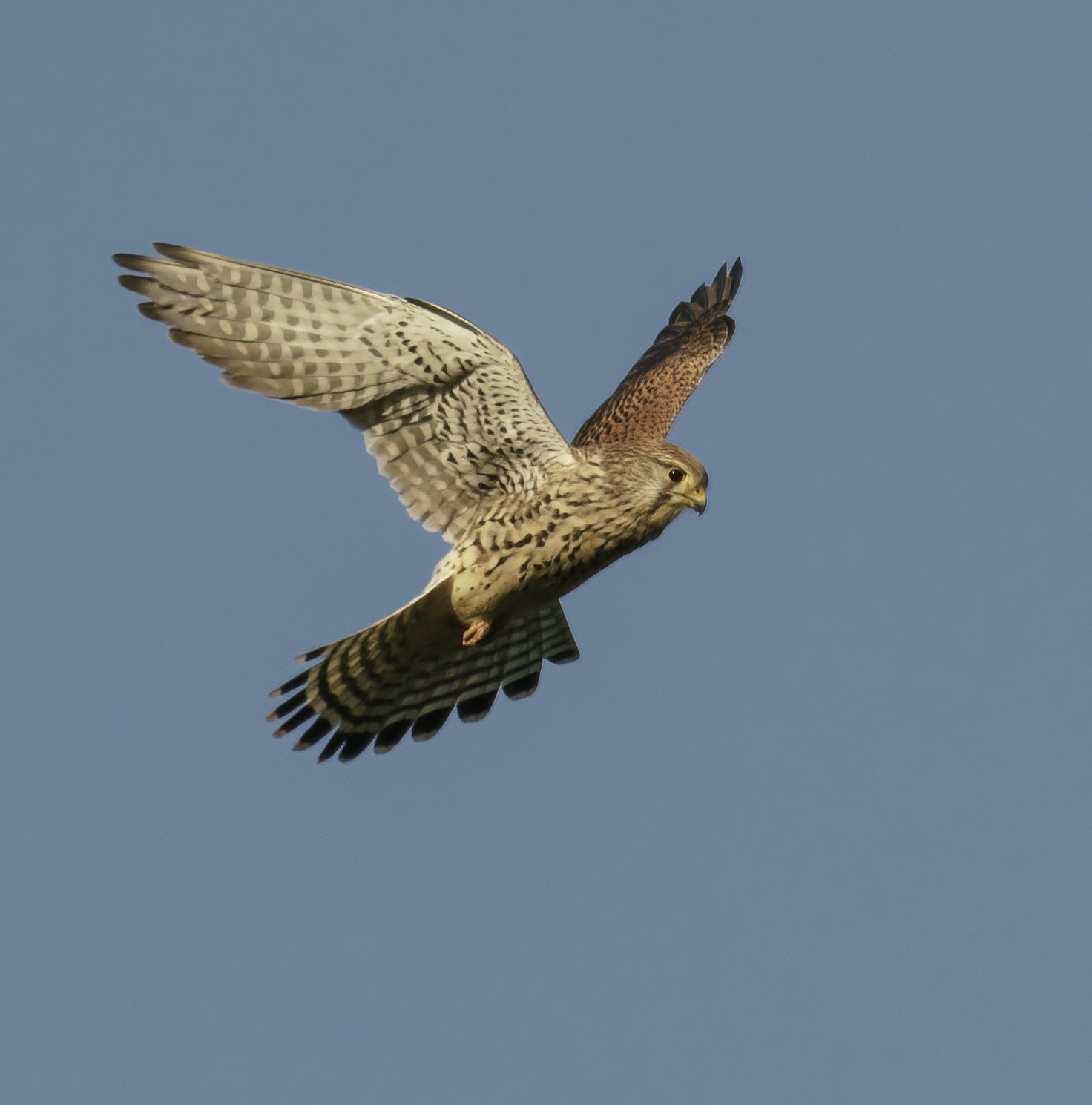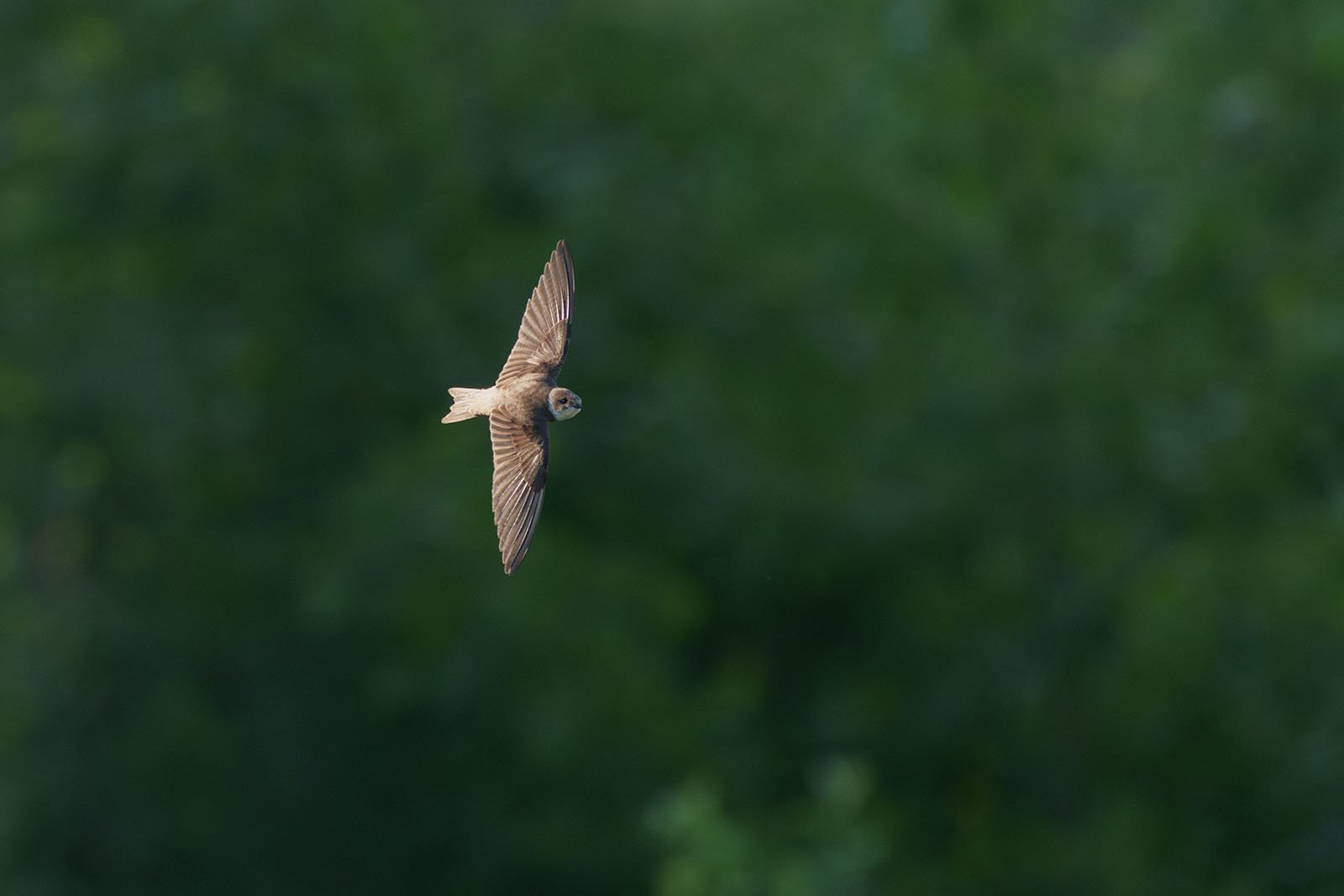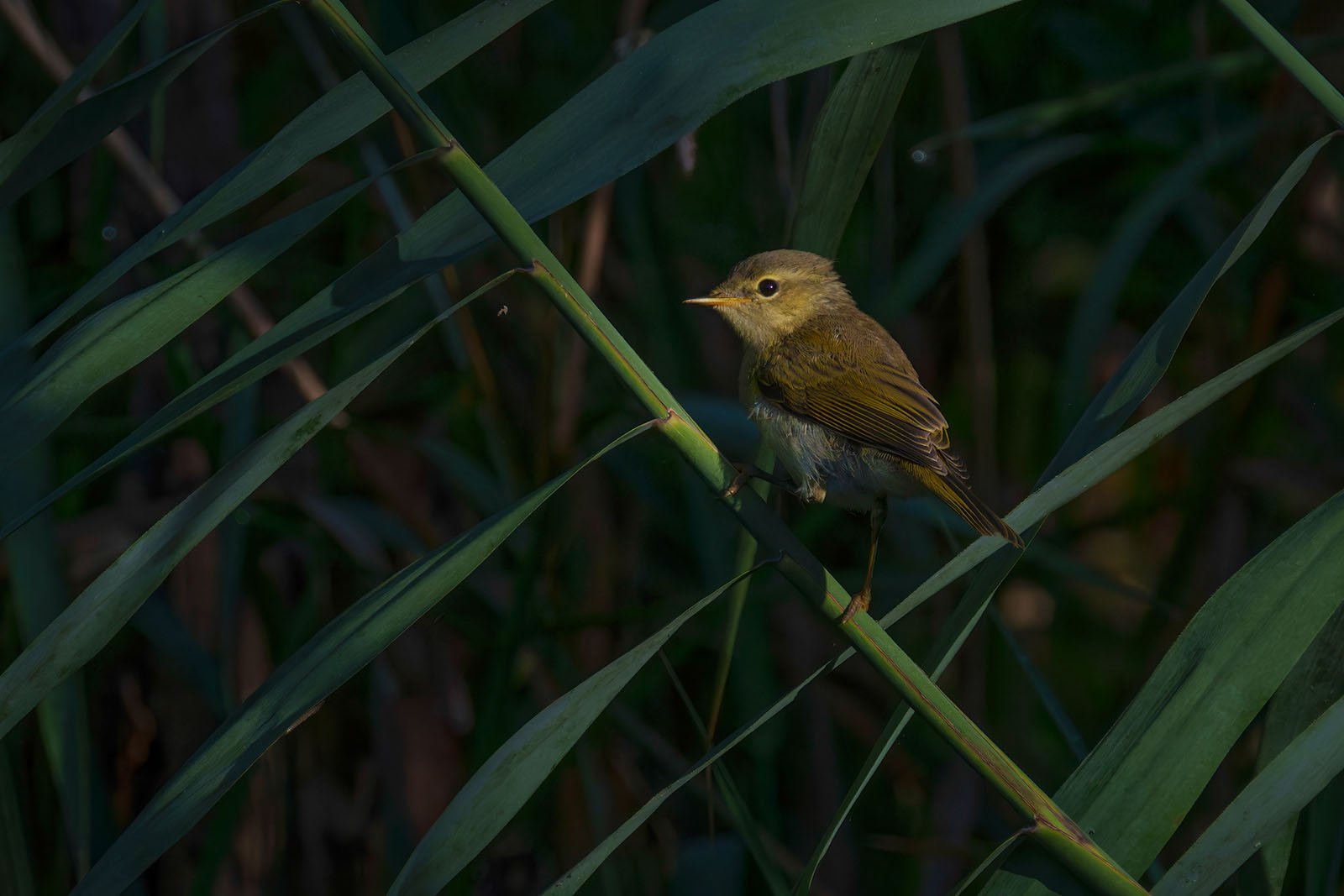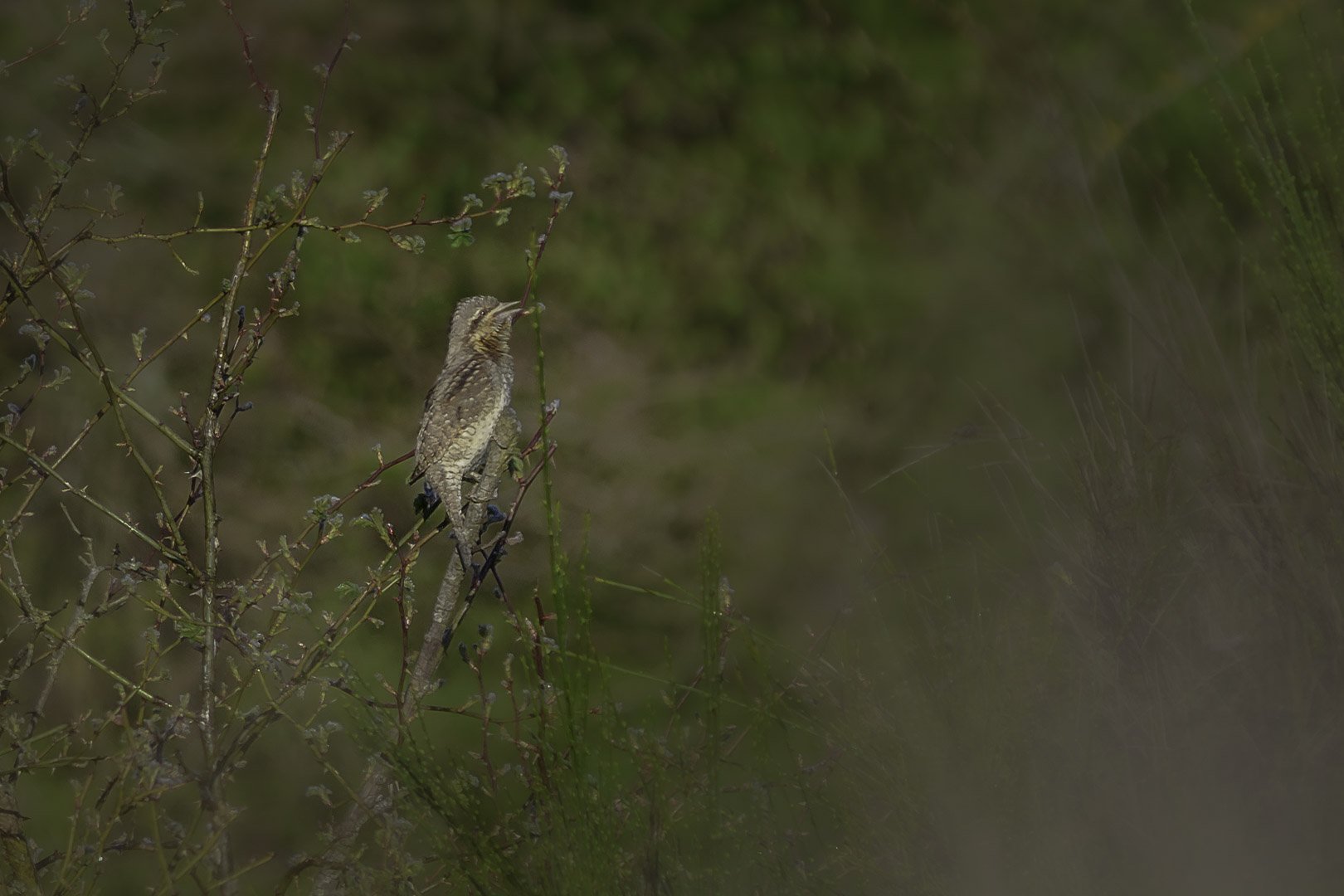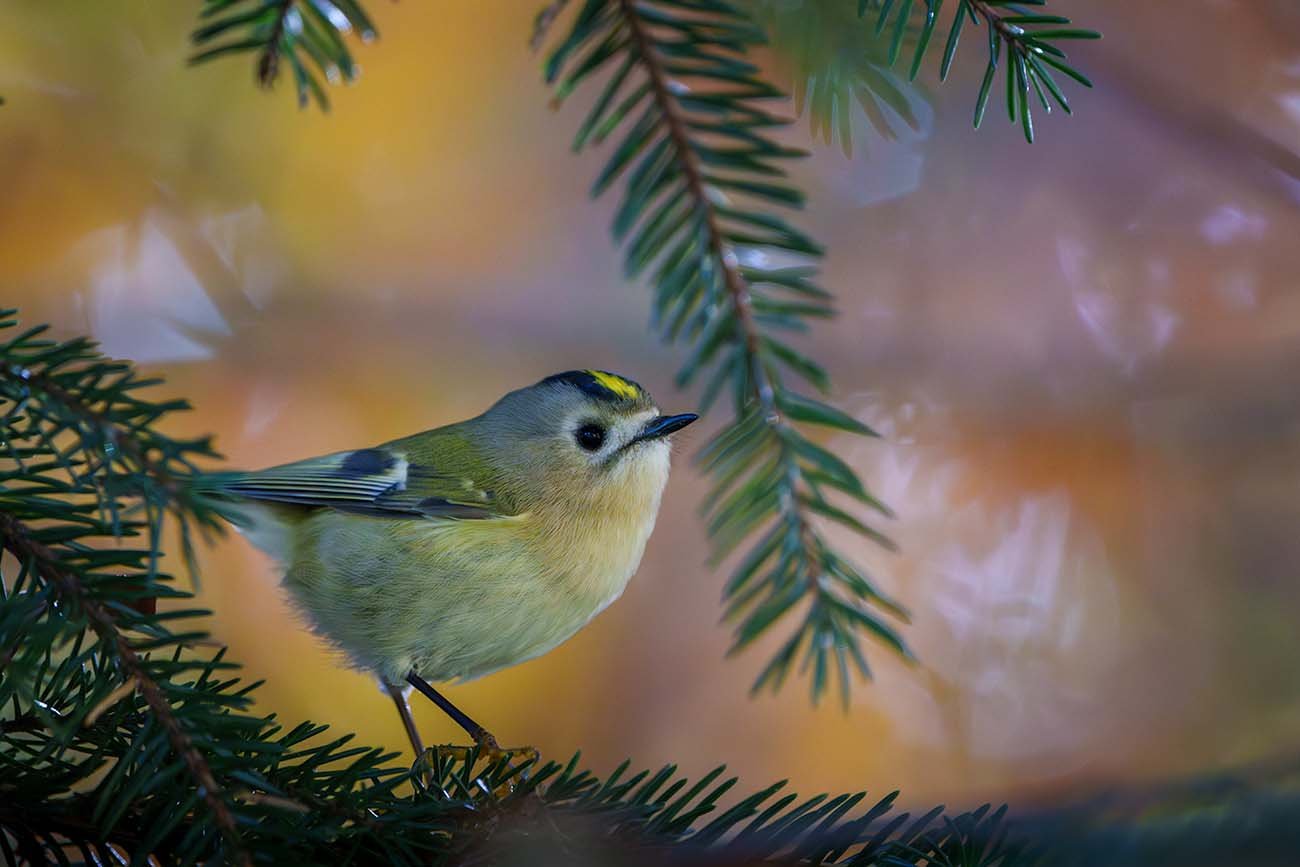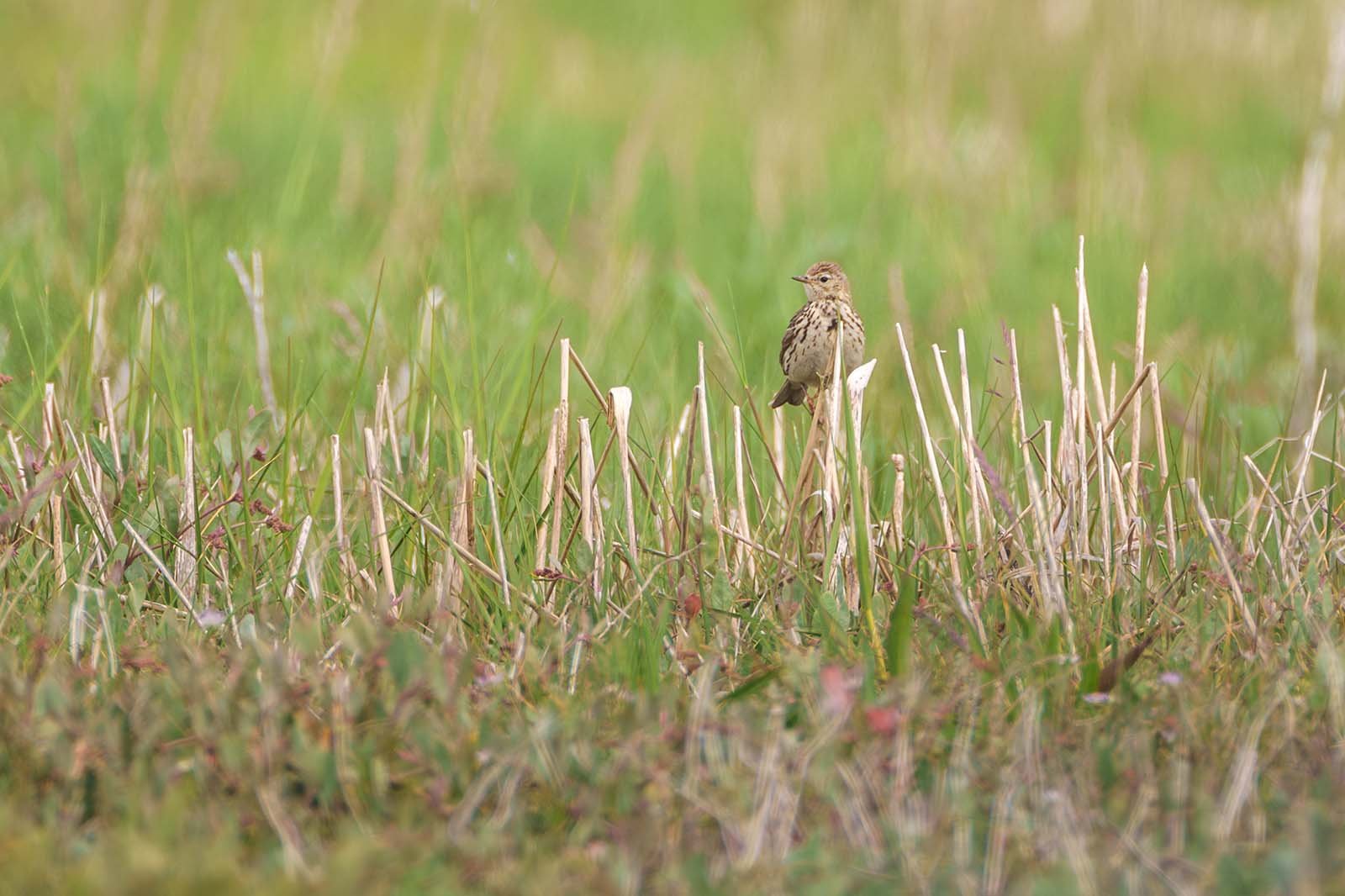Black Stork (Ciconia nigra)
Black stork (Ciconia nigra)
Black Stork – A Secretive Forest Dweller
The black stork (Ciconia nigra) lives hidden in old forests with wetlands. Learn more about its behavior, habitat, and conservation status.
Shortlist
- Size: 95–100 cm (37–39 in)
- Weight: 2.5–3.5 kg (5.5–7.7 lbs)
- Appearance:
- Black plumage with a metallic sheen
- White belly, red bill, red legs
- Juveniles have a greenish bill and legs
- Habitat: Undisturbed deciduous and mixed forests with wetlands
- Diet: Fish, amphibians, insects, small reptiles
- Breeding: Nest on old trees or cliffs, long-term nest usage
- Call: Soft, rasping sounds at the nest, rare bill-clattering
Key Facts About the Black Stork
- Scientific name: Ciconia nigra
- Family: Storks (Ciconiidae)
- Order: Wading Birds (Ciconiiformes)
- Distribution: Europe, Asia
- Migration: Long-distance migrant, winters in Africa
- Conservation status: Declining due to habitat loss and disturbance during breeding season
Table of Contents
- Introduction
- Appearance and Identification
- Habitat and Distribution
- Diet and Hunting Behavior
- Breeding and Rearing
- Behavior and Vocalizations
- Migration
- Threats and Conservation
- FAQ – Frequently Asked Questions
Introduction
Unlike the white stork, which often nests near human settlements, the black stork prefers secluded forests. It is extremely cautious and avoids open landscapes, making it much harder to spot than its more famous relative.
Black storks spend most of their lives in undisturbed woodland, foraging in quiet waters. Their dark plumage provides excellent camouflage, but habitat destruction and human disturbances are increasing threats to their survival.
Appearance and Identification
The black stork reaches a body length of 95 to 100 cm (37–39 in) with a wingspan of 144 to 155 cm (57–61 in), making it one of the larger members of its family. Its striking dark plumage makes it easily distinguishable.
Plumage and Markings
- Adult birds have black feathers with a greenish-violet sheen.
- The breast and belly are pure white, which becomes especially noticeable in flight.
- Juveniles are duller in color, with a brownish-black tone.
Bill and Legs
- The bill is long and pointed, bright red in adults but greenish-gray in juveniles.
- The legs are also red, though paler and greenish in young birds.
Flight Characteristics
- In gliding flight, the black stork keeps its neck fully extended, unlike cranes, which retract theirs.
- Its broad wings allow for energy-efficient soaring.
Habitat and Distribution
The black stork relies on large, undisturbed forests with nearby water sources for both nesting and feeding.
Preferred Habitats
- Central Europe: Mixed and deciduous forests with rivers and swamps
- Southern Europe: Mountain regions, where it also nests on cliffs
- Asia: Expansive forests from Russia to China
Distribution
- Breeding range: Europe, Central and Eastern Asia
- Wintering grounds: Mostly in Africa, south of the Sahara
Diet and Hunting Behavior
The black stork primarily feeds on aquatic prey, which it skillfully catches in shallow waters.
Main Diet
- Fish (the primary component of its diet)
- Amphibians such as frogs and newts
- Small snakes and lizards
- Large insects and larvae
Hunting Behavior
- Moves slowly through shallow water, often standing still for long periods
- Uses its long, pointed bill to catch prey with lightning-fast strikes
Breeding and Rearing
The breeding season begins in April.
- Nests are built high in trees, occasionally on cliffs.
- The same nest is used and expanded for several years.
- A clutch typically contains three to five eggs, incubated for 32 to 38 days.
- Both parents feed and care for the chicks.
Behavior and Vocalizations
Black storks are extremely shy birds that avoid human activity.
Vocalizations
- At the nest, they make soft, rasping sounds.
- In flight, they sometimes produce a quiet "füju" sound.
- Unlike white storks, they rarely engage in bill-clattering.
Migration
- Late summer: Begins migration to Africa
- Winter: Stays in tropical regions south of the Sahara
- Spring: Returns to breeding areas
Black storks avoid long flights over open water, preferring land routes with strong thermal currents.
Threats and Conservation
Threats
- Loss of old forests due to deforestation
- Disturbances during breeding season
- Water pollution, which affects their food supply
Conservation Measures
- Establishing protected nesting areas
- Limiting forestry activities near breeding sites
- Restoring wetland habitats
FAQ – Frequently Asked Questions
Where can you observe black storks?
The best places are remote forest areas with wetland habitats, such as those in Brandenburg or Bavaria, Germany.
Why are black storks so rarely seen?
They are extremely shy and avoid human settlements.
Do black storks clatter their bills like white storks?
No, they rarely use bill-clattering as a form of communication.





